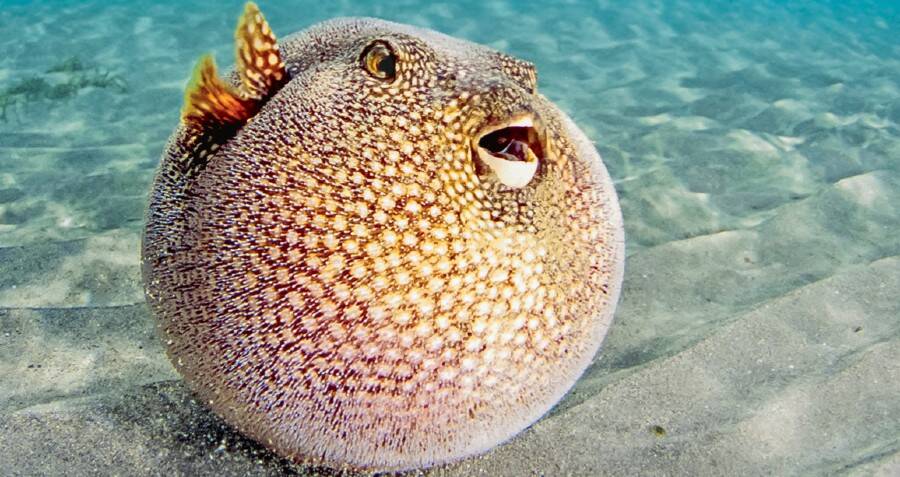

There are two hypothesized mechanisms of the hemi-paresthesia in the present case. This was the first case of transient hemi-paresthesia after eating fugu. He was discharged on the second day of hospitalization without complaint. He agreed to undergo brain MRI and MR angiography, which revealed no specific findings (Figure 1). The post-admission course was uneventful. He was admitted to our hospital for observation. At approximately four hours after eating fugu, his hemi-paresthesia spontaneously subsided and he felt an abnormal sensation on the left side of his head. He underwent gastric irrigation with charcoal and laxative administration. We did not measure serum TTX level because it could not be measured in our hospital or at any available commercial based biochemical laboratory company. Initially, he refused to undergo a cerebral radiological study, including magnetic resonance imaging (MRI). The main result of a blood analysis was total cholesterol, 261 mg/dL. A venous blood gas analysis revealed the following: pH, 7.40 PCO 2, 41.8 mmHg HCO 3 -, 26.7 mmol/L base excess, 1.0 mmol/L and lactate, 0.9 mmol/L under room air.

Both electrocardiography and chest roentgenography revealed no specific findings. He complained of left hemi-paresthesia but there were no physical findings. On arrival, 150 minutes after eating the fugu, his consciousness was clear, his blood pressure was 146/89 mmHg, his heart rate was 65 beats per minute and his percutaneous oxygen saturation was 97% under room air. He visited a local medical clinic and was transferred to our hospital with suspected fugu intoxication. He then felt hotness of the left side of his face and head, followed by left hemi-paresthesia of the left upper and lower extremities. The patient was a 64-year-old man who felt numbness of the tongue 30 minutes after eating fugu prepared by an unqualified person. In Japan, the restaurant preparation of fugu is strictly controlled by law and only qualified chefs are allowed to prepare the fish. We herein report a case of transient hemi-paresthesia after eating puffer fish.
#Fugu puffer fish full
Recently, the overall mortality rate was reported to be 7%, and epidemiological evidence suggests that those who survive for 24 hours will make a full recovery. Symptoms of TTX intoxication typically begin within 30 minutes of ingestion and range from mild paresthesia of the tongue and/or extremities, nausea and pain to full paralysis, hypotension, and death from respiratory failure. In Japan, a regulatory limit of 2 mg eq TTX/kg was established. TTX seems to be produced by endosymbiotic bacteria that often seem to be passed down the food chain. Pufferfish (fugu in Japanese), a Japanese delicacy, contains tetrodotoxin (TTX), a potent neurotoxin, and fatalities are reported in association with its consumption each year.


 0 kommentar(er)
0 kommentar(er)
